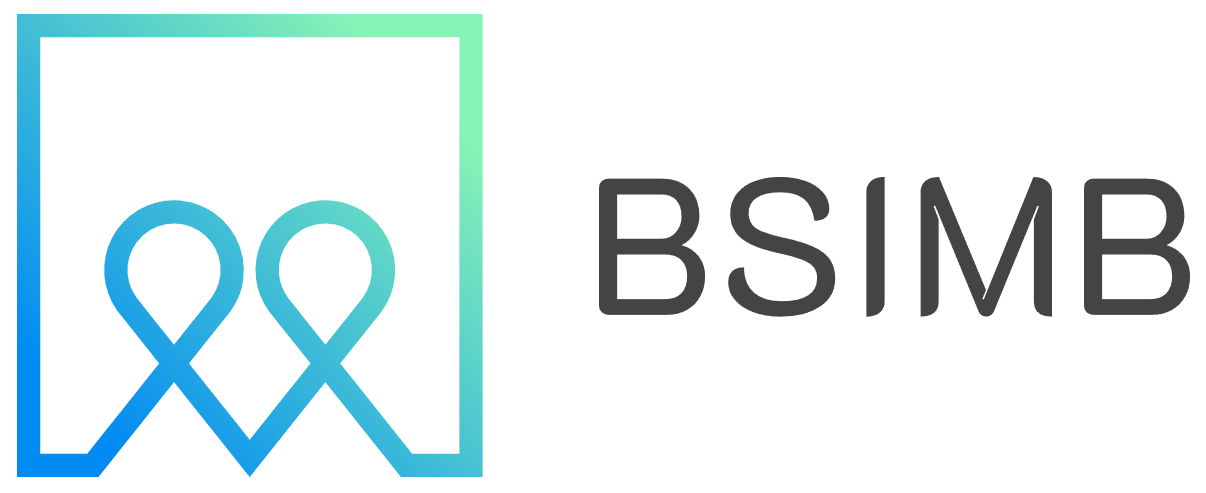Microsoft Excel isn’t just about numbers and formulas—it can also be a powerful tool for managing time. Whether you need a simple monthly calendar template in Excel, a 90-day calendar, or a full 12-month calendar template, Excel offers flexibility that many standalone apps don’t. With the right setup, you can create editable calendars, recurring schedules, and even activity planners tailored to your needs.
Why Use Excel for Calendars?
Unlike static PDFs, Excel calendars are highly editable and adaptable. You can:
-
Track work projects, training sessions, or family events.
-
Use automatic calendar Excel templates for quick setup.
-
Design calendar views in Excel that work for weekly, monthly, or yearly planning.
-
Build custom layouts, such as a horizontal calendar, or a Monday through Friday template for work-only weeks.
I once relied solely on Google Calendar, but when planning product launches with shifting deadlines, Excel gave me more control. I could highlight milestones, add conditional formatting for urgent tasks, and even build a software release calendar template that my whole team could edit.
Types of Excel Calendar Templates
-
Monthly Calendars
-
Editable monthly calendar template Excel files let you log daily activities.
-
Ideal for simple scheduling or personal planning.
-
-
Multi-Month Calendars
-
Two-month calendar templates, 3-month calendars, and 4-month templates are useful for project sprints.
-
A 6-month calendar Excel sheet or 90-day template helps visualize quarterly goals.
-
A 12-month calendar template Excel gives you a complete yearly overview.
-
-
Activity & Planner Templates
-
Activity calendar template Excel works well for schools, gyms, or event planning.
-
A monthly activity calendar template is often used in care facilities or community centers.
-
For journaling, an Excel diary template or life calendar Excel file can track habits and milestones.
-
-
Specialized Templates
-
Excel planner downloads often include spreadsheet calendar templates free of charge.
-
Software release calendar templates help teams stay aligned on version updates.
-
You can even set up a calendar builder Excel file to generate custom formats automatically.
-
How to Create a Calendar in Excel Without a Template
If you prefer building from scratch:
-
Set the Layout
-
Use rows for weeks and columns for days.
-
A 7-column grid works for standard calendars; adjust if you want Monday–Friday only.
-
-
Format the Dates
-
Type the first date and drag the fill handle to autofill.
-
Apply custom formatting for clarity.
-
-
Add Features
-
Use conditional formatting for color-coded events.
-
Insert drop-down lists for recurring schedules.
-
Link formulas to automate a recurring monthly schedule.
-
This is particularly useful if you’re on Excel 2010 or Excel 2016, where built-in templates are limited compared to newer versions.
How to Create a Calendar Schedule in Excel
For structured planning:
-
Weekly schedule: Create blocks of time and label tasks.
-
Monthly schedule: Highlight important dates with bold colors.
-
Recurring events: Use formulas like
=EDATE()to generate future dates. -
Printing: To print a calendar in Excel, set page breaks, adjust margins, and use landscape orientation for best results.
Free Excel Calendar Resources
Many users ask, “Is there an Excel calendar template I can download?” The answer is yes—Microsoft offers free templates directly, and third-party sites provide a variety of Excel calendar free download options, including:
-
March calendar Excel
-
April calendar Excel
-
September calendar Excel
You can find both pre-built and spreadsheet calendar template free files, which are especially handy if you need a fast solution.
Personal Experience: Why Excel Calendars Work
When I started managing overlapping marketing campaigns, I struggled with fragmented tools. One campaign was tracked in a project app, another in a notebook, and a third in email. Eventually, I switched to a single Excel calendar file. I built a horizontal calendar layout for quick team overviews and a monthly calendar spreadsheet template for detailed tasks. This streamlined everything, reduced miscommunication, and let me adapt faster when plans changed.
Final Thoughts
From a simple monthly calendar to a complex recurring schedule, Excel can do it all. Whether you’re building a two-month view, a life calendar, or a software release planner, the combination of templates and customization makes it one of the most versatile scheduling tools available.
With just a little formatting and formula knowledge, you can transform Excel from a spreadsheet into your personal time-management hub.
